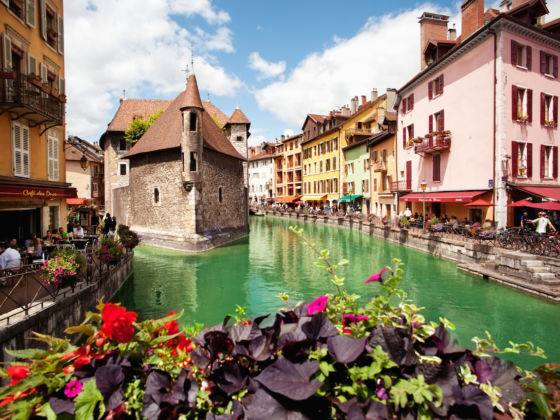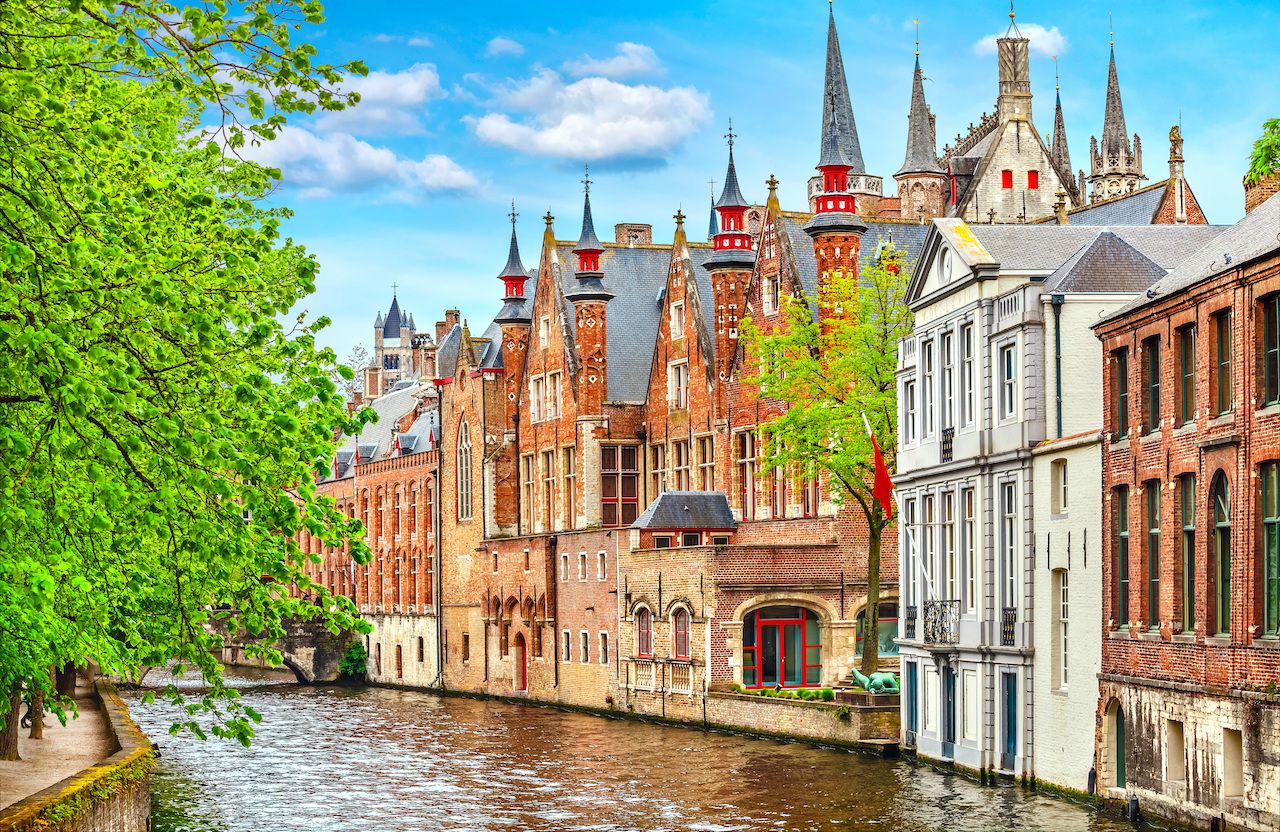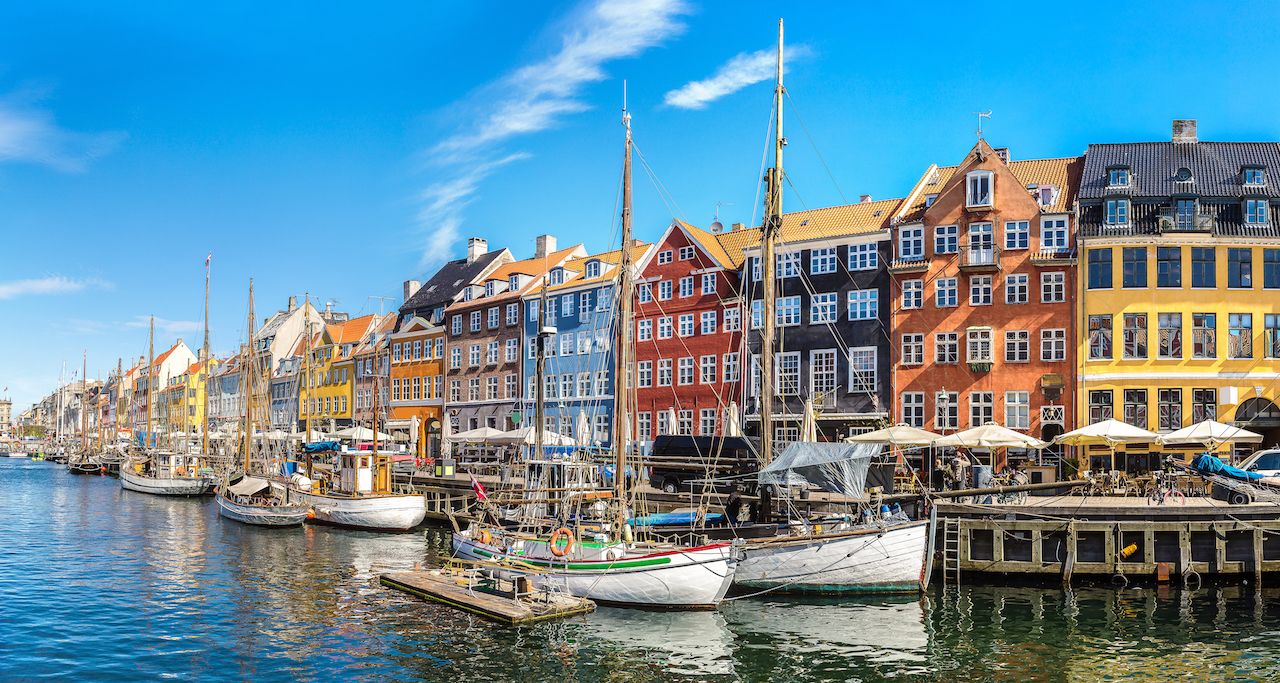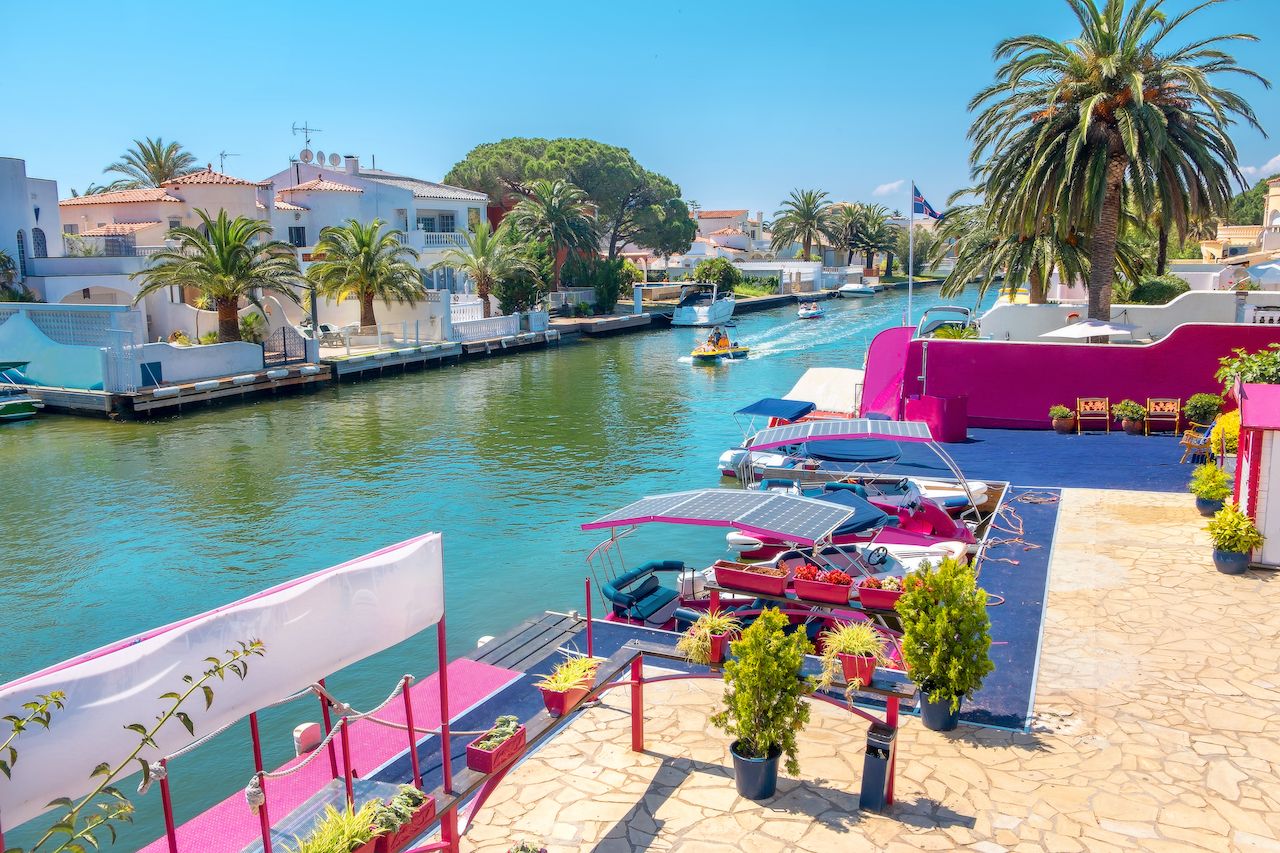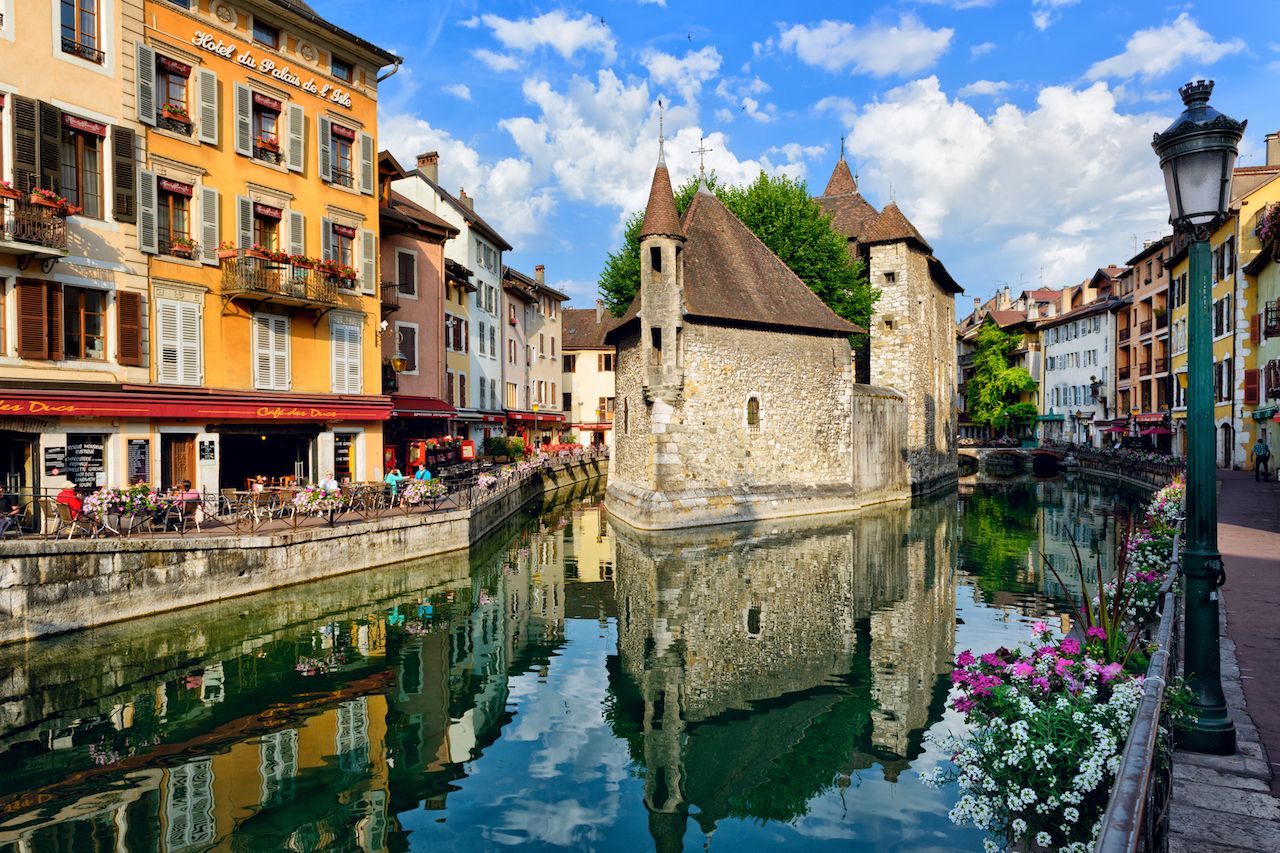When we think of canals, our first thought it usually Venice. On second thought, however, we may consider the packs of tourists that descend on that stunning city and the increasingly frustrated locals who want these tourists to just go away. Fortunately, there are several cities throughout Europe that are less-visited than Venice and also crisscrossed with lovely waterways.
Quite a few European towns — that are not Venice or even Amsterdam — have historic architecture overlooking picturesque canals. So, hop on a boat or a bike and wind your way along the water in these seven canal cities.
